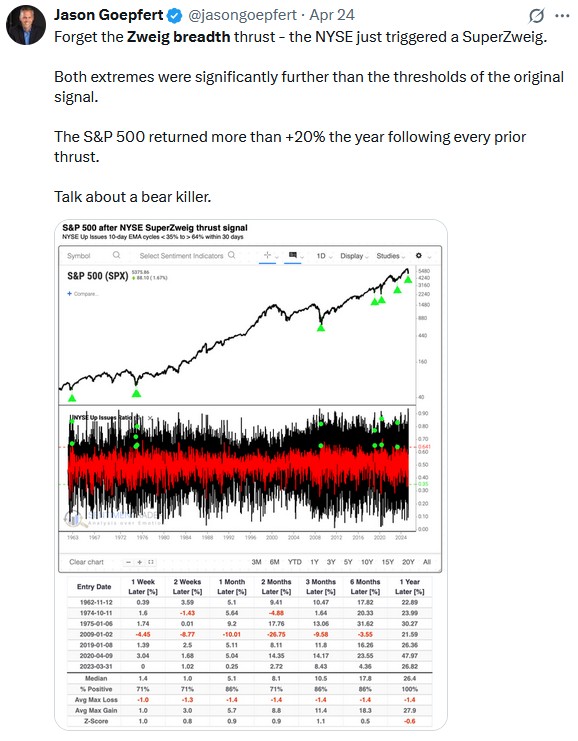Novo Nordisk, Eli Lilly fall after Trump comments on weight loss drug pricing
The Zweig Breadth Thrust, a rare technical indicator, triggered a bullish signal on Friday. The signal indicates rapid and significant changes in momentum. The calculation is based on the 10-day moving average of the percentage of stocks that were positive on a daily basis. The Zweig Breadth Thrust signal occurs when the moving average rises from below 40% to above 61.5% within 10 days. It is trying to capture the final capitulation in a downward trend.
A Zweig bullish thrust signal is rare. But it’s been a great predictor of positive forward returns when triggered, as shown below. Since 1950, the bullish indicator has only triggered 16 times, not including last Friday. The graph and table below show that in every instance the rare Zweig bullish thrust signal has occurred, it has consistently produced positive returns in the six-month and one-year periods.
The shorter-term returns are positive in almost all cases. While this doesn’t guarantee the downward trend is over, it does provide optimism that those willing to hold through more volatility and potentially lower lows will ultimately be rewarded.
Check out the Tweet of the Day below. It shares Jason Goepfert’s analysis of triggering the even rarer Super Zweig. The Zweig Breadth Thrust and Jason’s Super Zweig show average one-year returns, post trigger, in the mid-20s percentage range.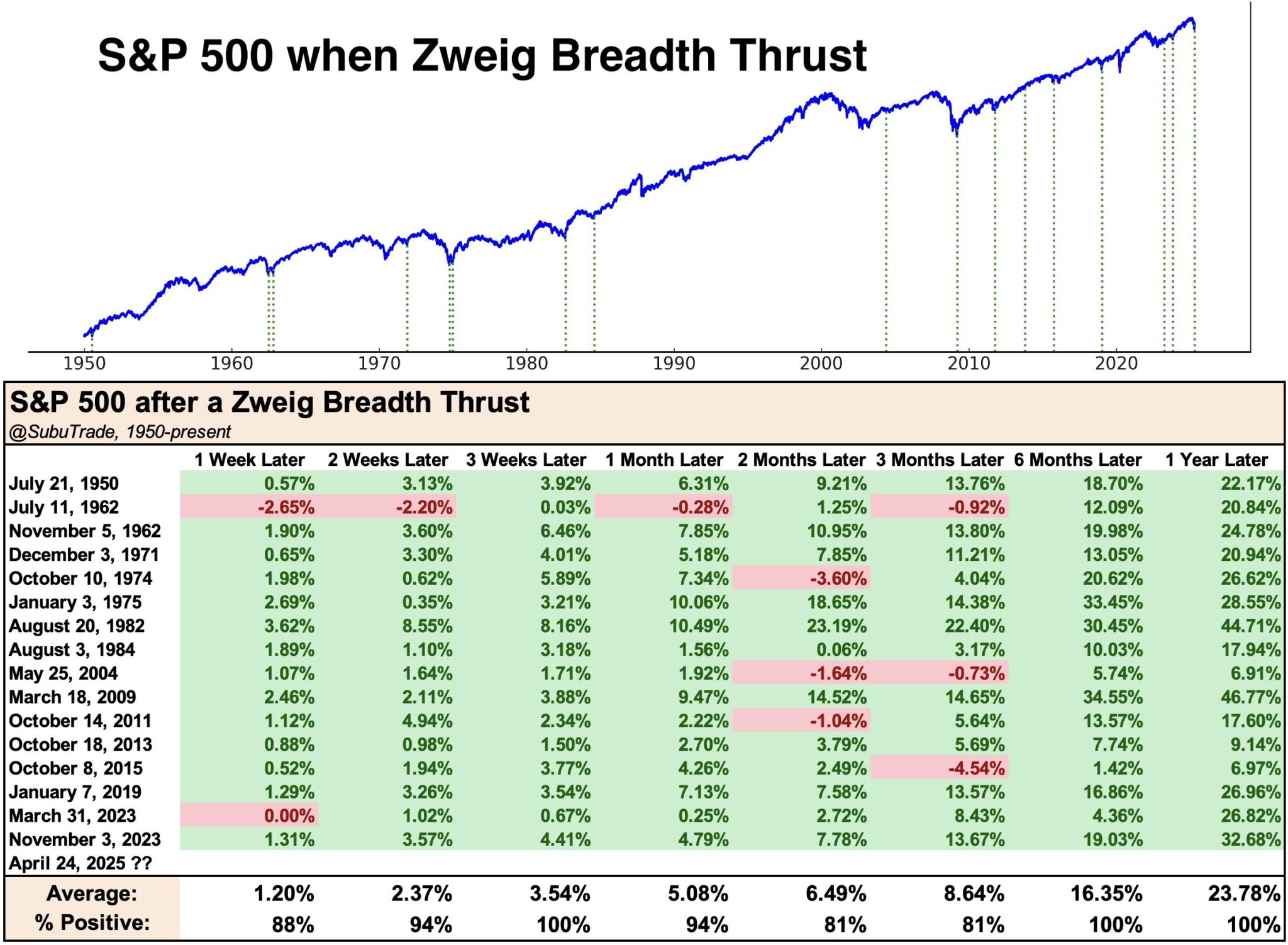
Market Trading Update
Yesterday, we discussed the recent breakout of S&P 500 above the 20-DMA and the downtrend from the February peak. Last week, saw a strong rally from the recent lows, which put markets back into a short-term overbought condition. As Goldman Sachs noted:
“On April 3, the S&P 500 opened at 5462 (when we got our first look at the now (in)famous tariff board after the close on April 2. Four days later, on April 7th, the S&P 500 made its one-year low of 4835. On Friday, after four consecutive positive trading sessions (S&P 500 gained 735bps during this stretch), we closed at 5525.”
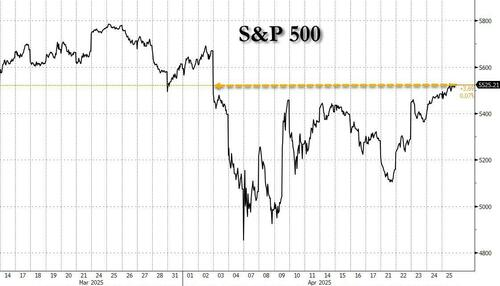
It should be unsurprising that after such a strong rally from the lows, and completely retracing the entire tariff decline, markets gave back a bit of the advance yesterday. What is crucial is that the recent breakout of the downtrend holds, without violating the rising trend line from the recent lows as shown.
A violation of those levels would suggest a retest of recent lows. Such a decline would likely require either bad news on the tariff front or a collapse in economic data, suggesting rising recession risks. Both are likely events at this juncture, and we must remain cautious.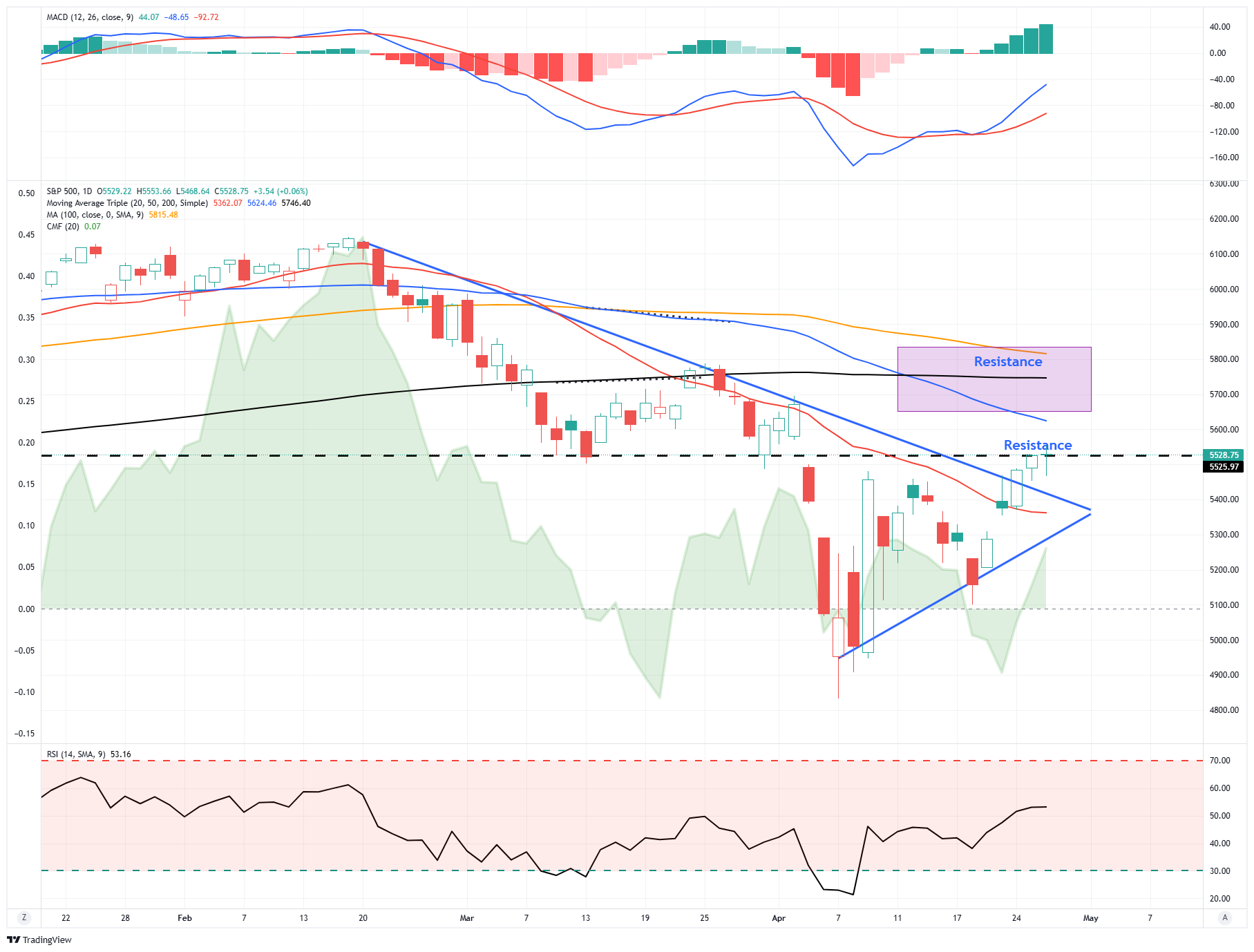
Market Breadth Normalizes
As we led, the Zweig Breadth gauge indicates the potential for resuming the bullish trend. The SimpleVisor graphic below also provides optimism that the recent market decline and significant volatility are ending. Whether this period is a rest bit before further downside pressure, or signals a healing process that will lead to eventual upside, is unclear.
As we highlight with the red square, all but three sectors have absolute and relative scores near zero. This entails that most sectors are trading similarly to the market. The absolute scores indicate most sectors are no longer oversold and have room to the upside (become overbought), but they also have room to become oversold again. The second graphic showing factor scores tells a similar story, with many scores near zero.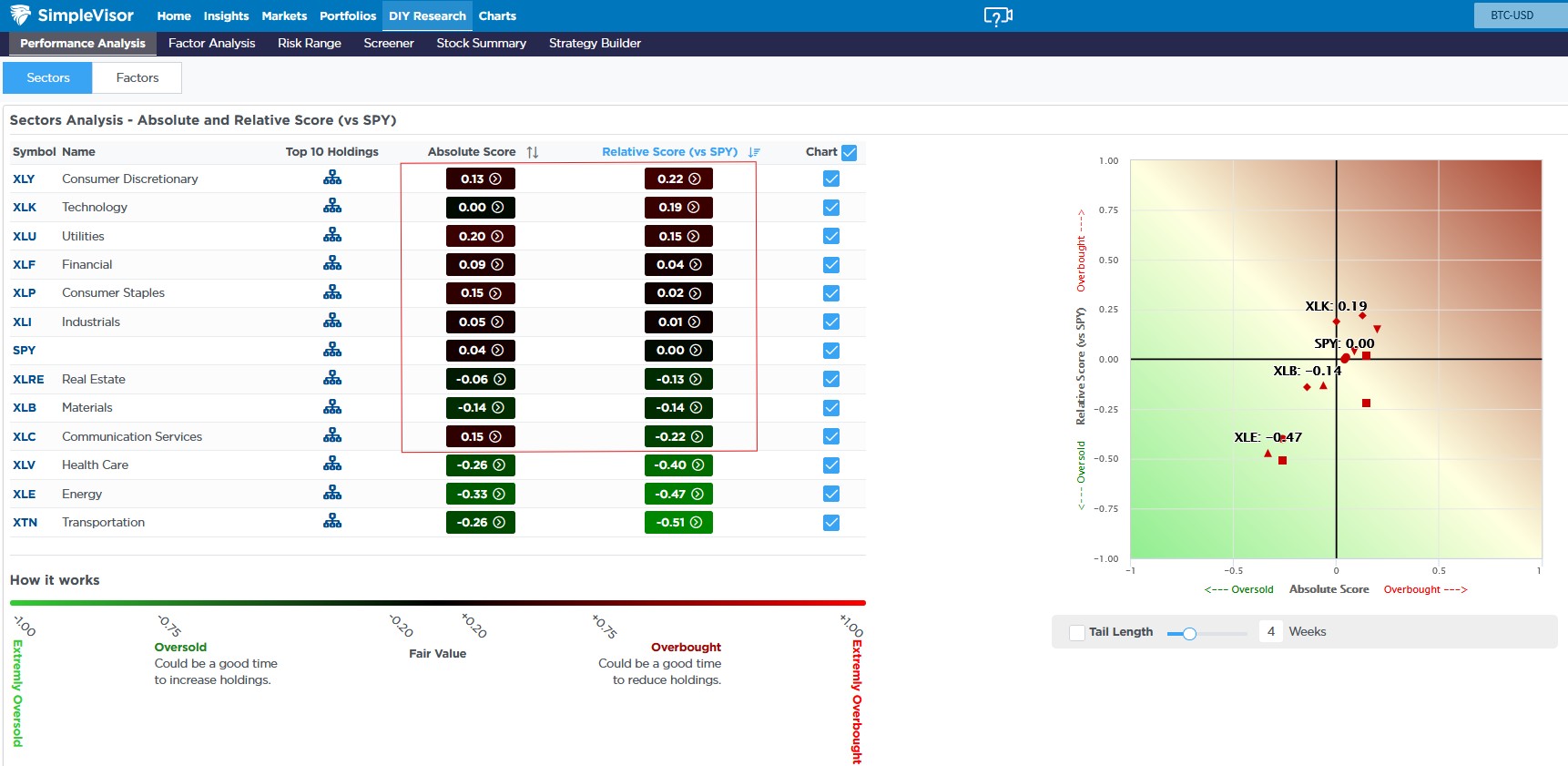
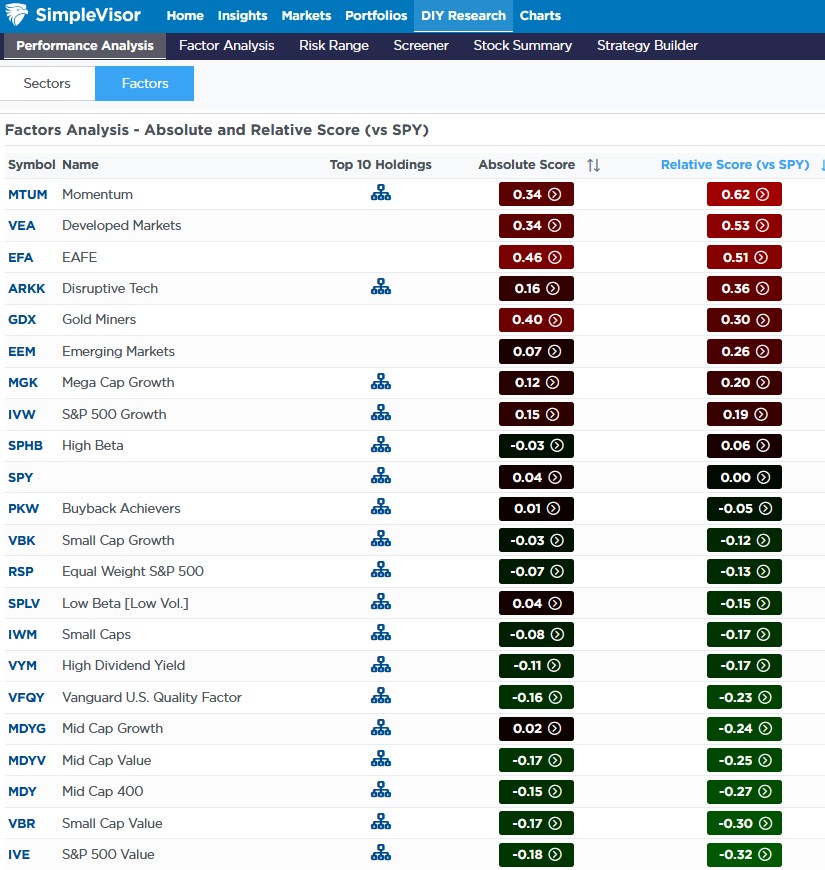
What To Watch Today
Earnings

Economy
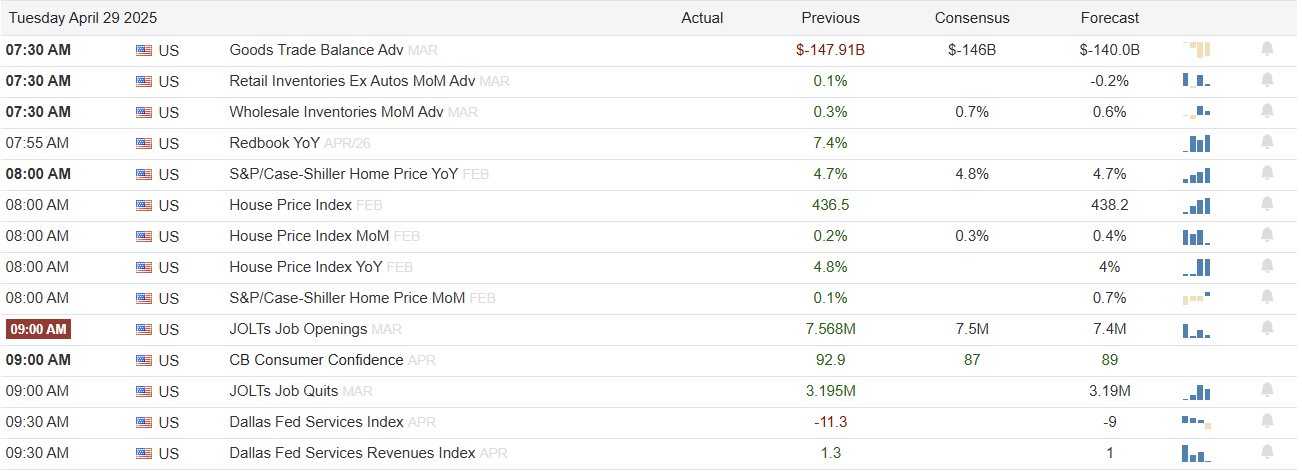
Tweet of the Day
